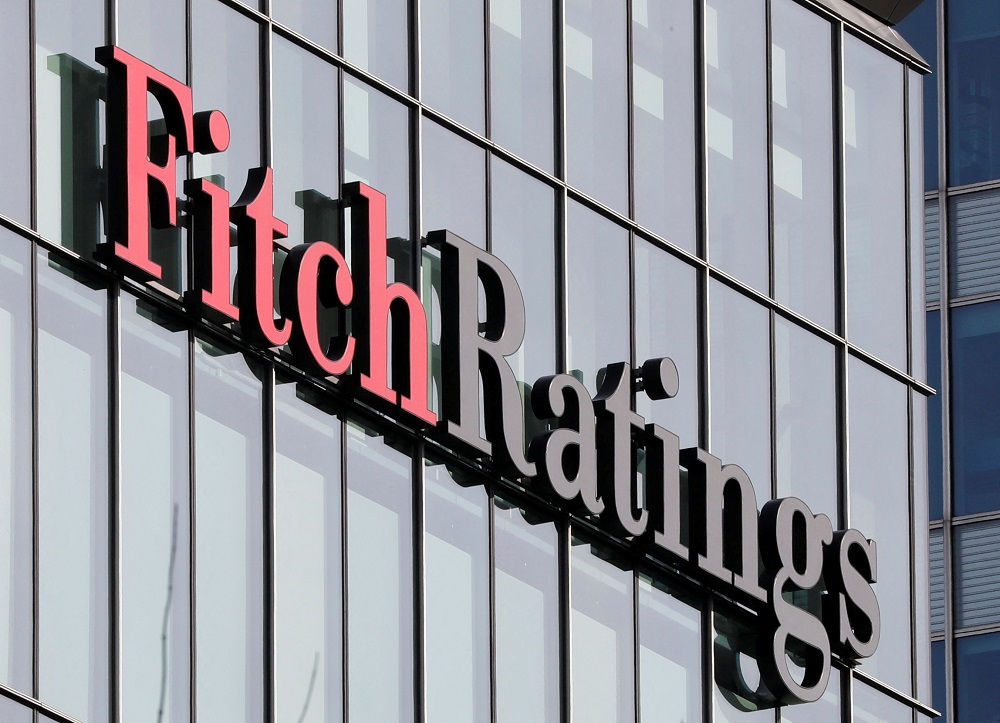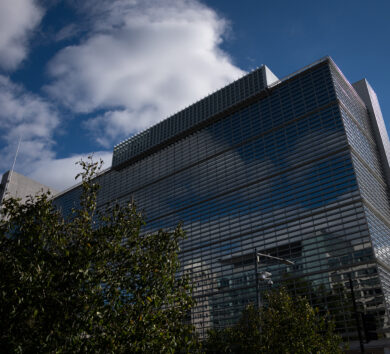

International ratings agency Fitch is closing monitoring the interest rate decisions for three of Latin America’s largest economies, namely Brazil, Mexico, and Chile.
Fitch points to the fact that recent inflation data in Latin America has suggested that the impact of rate hikes and lower commodity prices has begun to feed through. As a result, while all three central banks are expected to remain on hold at their meetings this week, Fitch maintains its view that the major central banks across the region will begin to implement rate cuts in the second half of this year.
Fitch estimated that Brazil and Chile’s central banks will hold rates. The Banco Central do Brazil (BCB) will keep its benchmark Selic interest rate on hold at 13.75 per cent at its meeting on Wednesday (June 21), which puts Fitch in line with consensus.
However, given that recent inflation prints have surprised to the downside, Fitch expects the bank will adopt more dovish language in its statement, laying the groundwork for rate cuts beginning in the third quarter of 2023. Fitch expects to see the rate at 12.75 per cent by end-2023, but acknowledges risks to the downside.
Similarly, the Banco Central de Chile (BCC) will maintain its policy rate at 11.25 per cent at its June meeting but will likely signal a forthcoming rate cut for its July gathering given cooling inflation and a struggling economy. Beyond the bank’s statement, Fitch will be assessing its new forecasts, particularly its projections for inflation and rate cuts.
The rate is expected to be at 8.25 per cent by year-end. After stagnating on a monthly basis in March, Mexico’s retail sales are anticipated to bounce back reasonably strongly in April. Spending should have been supported by the continued deceleration in inflation and still-tight labour market conditions.
However, recent sideways moves in the consumer confidence index pose some downside risk. Price growth is expected to slow to around 5.0 per cent year-over-year during the whole month, down from 5.8 per cent in May. Core will continue to lag behind, but should fall to roughly 7.0 per cent.






Comments